Editors’ Picks




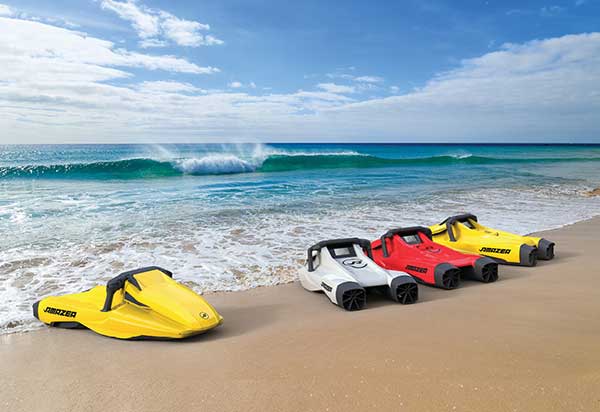
Found in Robotics News & Content, with a score of 3.38
…is an underwater scooter, which replicates a dolphin’s body ergonomics for faster movement, and it is also emissions-free with low noise operation—an attempt to minimize impact on the marine ecosystem. Another point of disruption: 75% of the Amazea—specifically, the scooter’s body and front parts—are produced with BigRep large-scale 3D printing technologies in contrast to using traditional casting or injection molding methods. Underwater scooter produced using BigRep's technologies. Image courtesy of JAMADE/BigRep. Large-scale additive manufacturing (AM), and the BigRep One printer in particular, fit the bill because they deliver cost efficiencies along with better accuracy and quality compared to the high…
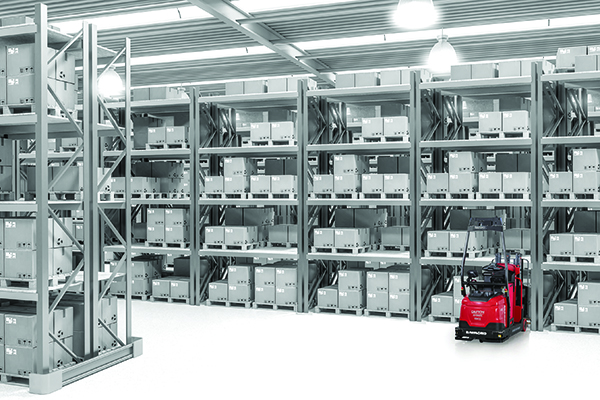
Found in Robotics News & Content, with a score of 3.14
…the forks are. “Camera systems increase safety and improve ergonomics,” says Wels. “They give operators a better view, which saves time and increases productivity.” A new feature for Yale is a pair of digital cameras integrated with a vehicle’s telematics impact sensor. When an impact occurs, a mobile app feature presents users with a video clip that shows 3 minutes prior to the impact and 3 minutes after. “You get a visual record of what happened, and enhanced accountability,” says Paramore. The integrated camera setup from Yale can also be used to capture video footage on demand to visually document…
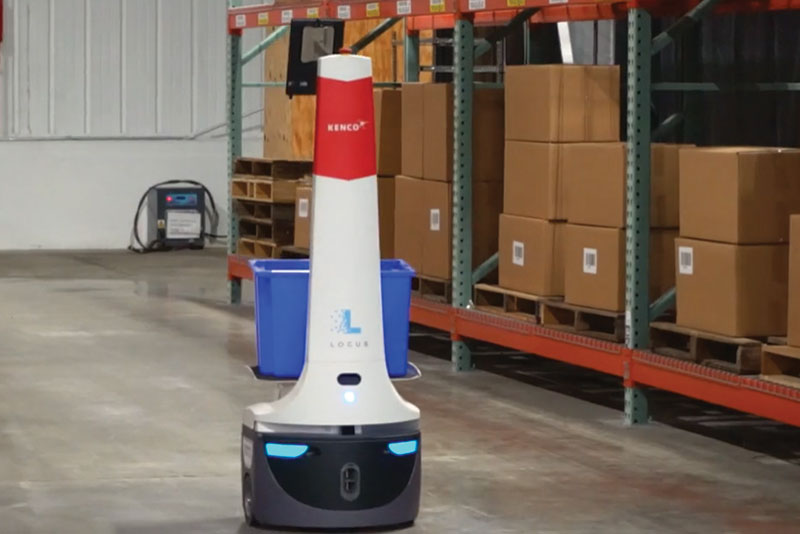
Found in Robotics News & Content, with a score of 3.10
…technology, truck drivers, so that feedback on issues like ergonomics or software ease of use can also be addressed. If issues or new functional needs are discovered, startups tend to be open minded about changing their focus based on the feedback, Montgomery adds. “With startups, you have a considerable opportunity to help them shape and form development of their solution or their product roadmap,” Montgomery says. For companies who don’t have an innovation lab or team, it’s still possible to work effectively with startups, says Montgomery, though proving out and piloting a new technology is still needed. “You have to…
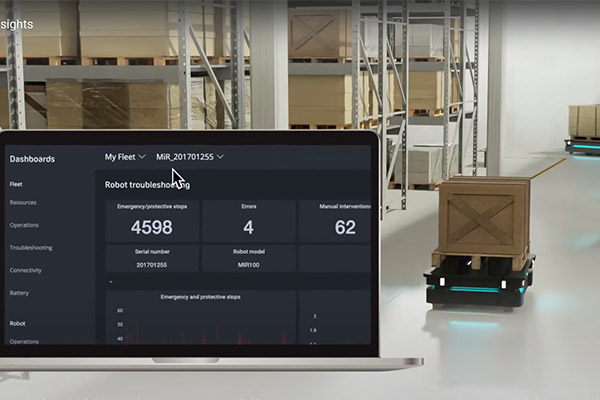
Found in Robotics News & Content, with a score of 3.10
…are designed to enhance a worker’s productivity and improve ergonomics and workplace safety. Locus bots seamlessly work alongside human teammates; they do not replace them. With less walking, lifting, or pulling heavy carts, people can focus on what they do best – picking and putaway. Customers have repeatedly shared feedback on how our collaborative robots do more than improve productivity; they dramatically improve the work environment, which leads to higher worker satisfaction and increased retention. Heffner: HMI is really critical to successful AMR [autonomous mobile robot] deployment. Employees who work around the robots have to be aware of safety and…
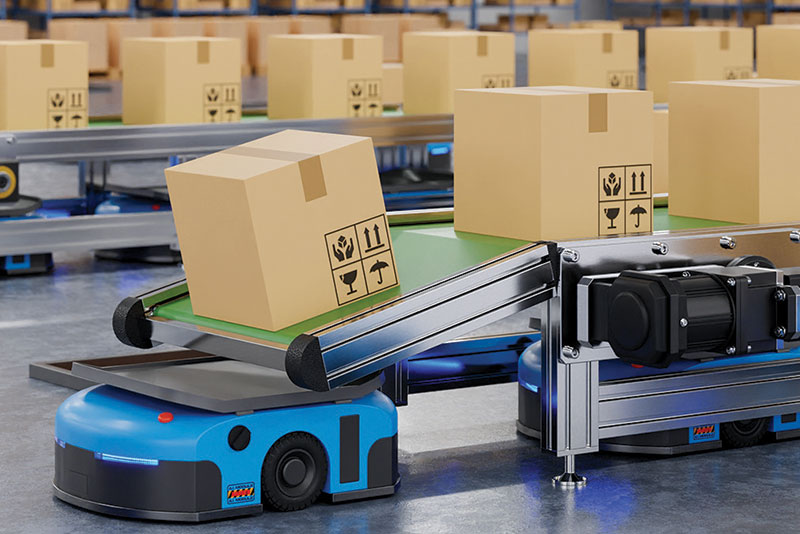
Found in Robotics News & Content, with a score of 3.09
…were deployed and implemented with the primary focus of maximizing space utilization, throughput and productivity. Other than a few ergonomic considerations, little was done to design facilities in a way that also mitigated labor and productivity risks due to previously unknown threats such as disease spread. Automating DC operations and employing AI technologies that include a closer convergence of WCS, WES and WMS solutions is on the horizon. Designing touchless fulfillment centers that reduce the dependence on traditional labor sources through innovative technologies will better position supply chains in their quest to provide an uninterrupted flow of goods and resiliency…
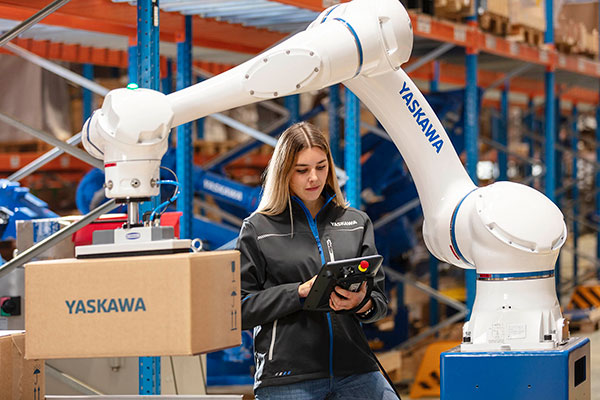
Found in Robotics News & Content, with a score of 3.08
…the workstation would need to fit through and an ergonomic mounting height to match typical human reach. I/O cabling, air hoses, ethernet, and other utilities run through the robot arms. For the HC10 workstation, the remaining lengths of cable are routed internally. Caldwell said through-arm and internal cable management prevents utilities from getting caught on objects in the surrounding environment and also enables simplified connections. HC series cobots also feature a “pinchless” design - which prevents injury if someone gets too close to articulating joints - and additional finishing work to smooth out aluminum castings that prevents abrasion from skin…
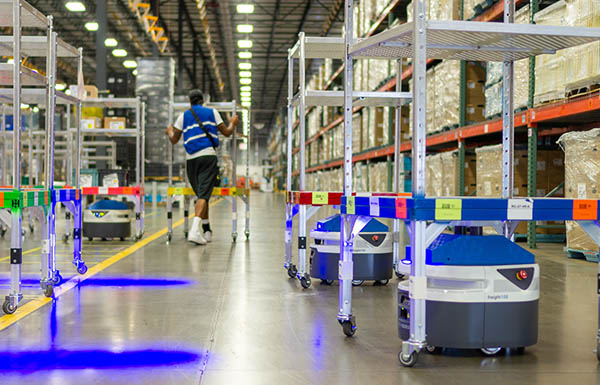
Found in Robotics News & Content, with a score of 2.89
…guide the worker through picks with minimal travel. More ergonomic work and associate satisfaction factor into the mix when assessing what constitutes success. “We’ve seen incredible results from our customers in terms of productivity and throughput, but also with some of the softer benefits, like improved employee happiness and retention,” said Kaitlin Peterson, senior director of product marketing at AMR provider Locus Robotics. “They are walking less, by more than half, which reduces fatigue, and pushing heavy picking carts, which carries the risk of strains or injury, is eliminated with our solution.” Scope, then scale mobile robot fleets There is…
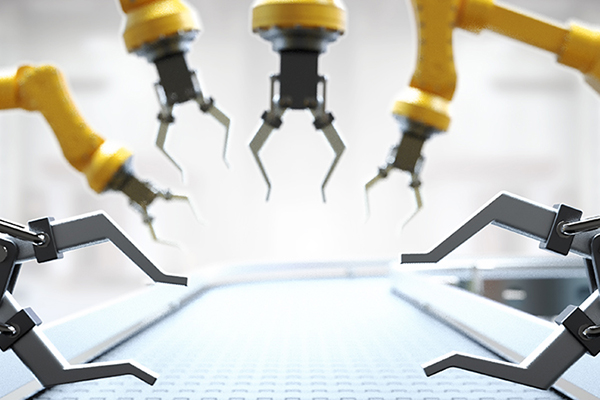
Found in Robotics News & Content, with a score of 2.65
…robots transport shelves that hold goods to a light-directed, ergonomic picking station where a human does the picking. Yet another category is robotic-assisted cart picking in which the AMR has integrated features such as visual display, put lights, or a bar code scanner. One vendor offering these smart, collaborative carts for human picking is 6 River Systems, which was founded by former Kiva Systems executives (Kiva was a pioneer in goods-to-person robotics that was acquired by Amazon). “We are a drop-in replacement for cart picking that is a full-system solution,” explains Jerome Dubois, co-founder of 6 River Systems. “We not…
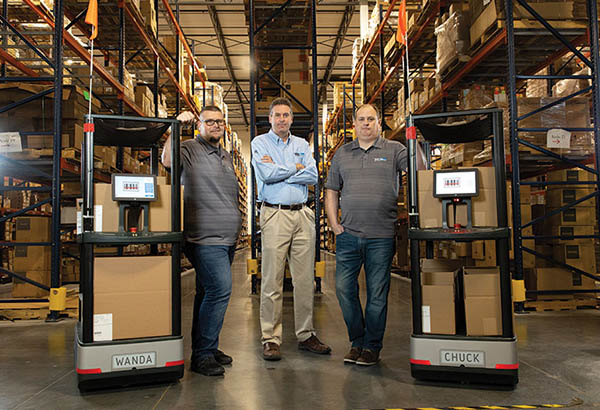
Found in Robotics News & Content, with a score of 2.38
…utilization and storage optimization Creating a safer and more ergonomic working environment, including eliminating ladders to the extent possible Improving efficiency through reduced employee travel Creating a foundation to enable the company’s strategic growth plans and overcoming facility capability limitations The company did investigate some alternatives to AMRs. They include goods-to-person automation, voice picking, light-directed picking, putwalls, conveyors, and smart carts. According to Strauss, internal considerations included the capital investment required to implement and deploy those systems, the operational benefit each could provide over the next five to 10 years, and the cultural impact on associates. Top Notch also considered…



